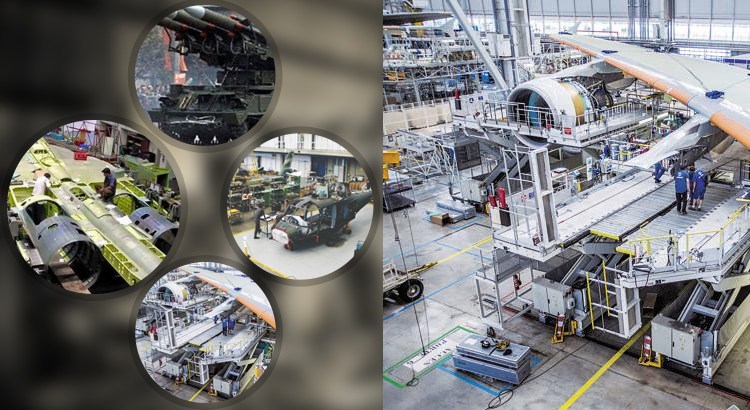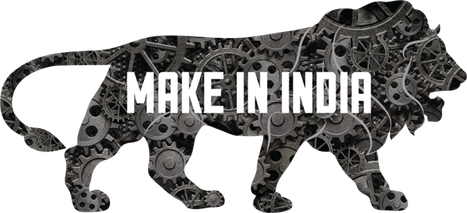FUTURE PROSPECTS OF INDIAN COMPOSITE INDUSTRY

Presently, the Indian composites industry is considered to be a “Fragmented Industry[1]”, or decentralized marketplace, consisting of approximately 3000 stakeholders in the value chain including small, mid-sized and large players across the country. By and large, The Indian Composites Industry has experienced a comparatively healthy growth over the last five years and is due to a wide collection of raw materials, components, and sectors. The current Indian Composites Market is estimated at 3.4 lakh metric tonnes, this is up 6.3% over the previous year, and witnessed the highest growth since 2015.
The Indian Composites industry is projected to grow rapidly to reach 4.9 lakh metric tons by 2022 at a substantial CAGR of 8.2%. The Indian Composites industry is less R&D intensive and poor IP and its products are marketed to OEMs and industrial users. There are six major industries where composites are mostly consumed in 2018 and these segments represented 82.1% of total volume. Mass Transportation sector was the largest user of Composite Components with a share of 20.5% followed by Building & Construction (14.2%) and Electrical and Electronics (13.8%). Composites growth in India is highlighted by substantial demand from Mass Transportation, Building and Construction, Electrical & Electronics and Renewable Energy Sector; that could provide excellent growth and profit opportunities to Market Leaders. The year 2017 was a notable year for the Indian Wind Energy industry as, India added a record 4,148 MW of wind energy capacity, increases by 20%. Indian Wind Energy Industry surpassed the previous highest installation 3,460 MW added in 2016. The Government of India has recently increased targets of the installed wind capacity from the current level of 24 GWs to 60 GWs by 2022. As of now, India has cumulative installed capacity of 32 GW, which translates to add an average of 6,000 MW every year to meet the target.
Recently, the Industrial Major, Reliance Industries Ltd. (RIL) decided to make a venture into the production of carbon fibre in India. This has significantly raised the hopes and future growth prospects of the growing Indian Composites Market.
[1] A fragmented industry is one that has no major players. The businesses tend to be small, and business practices vary widely because individual owners use individual methods

